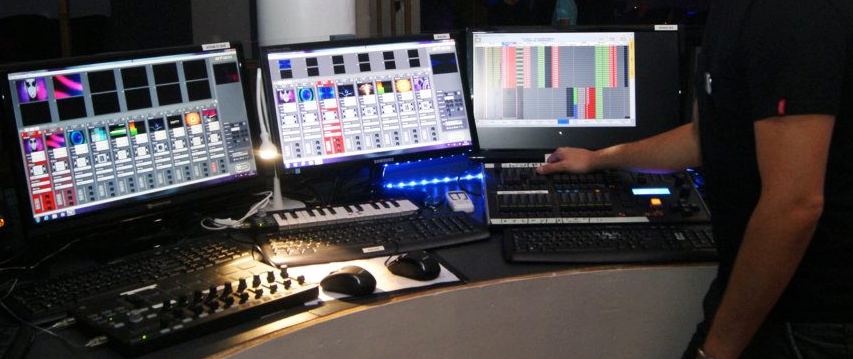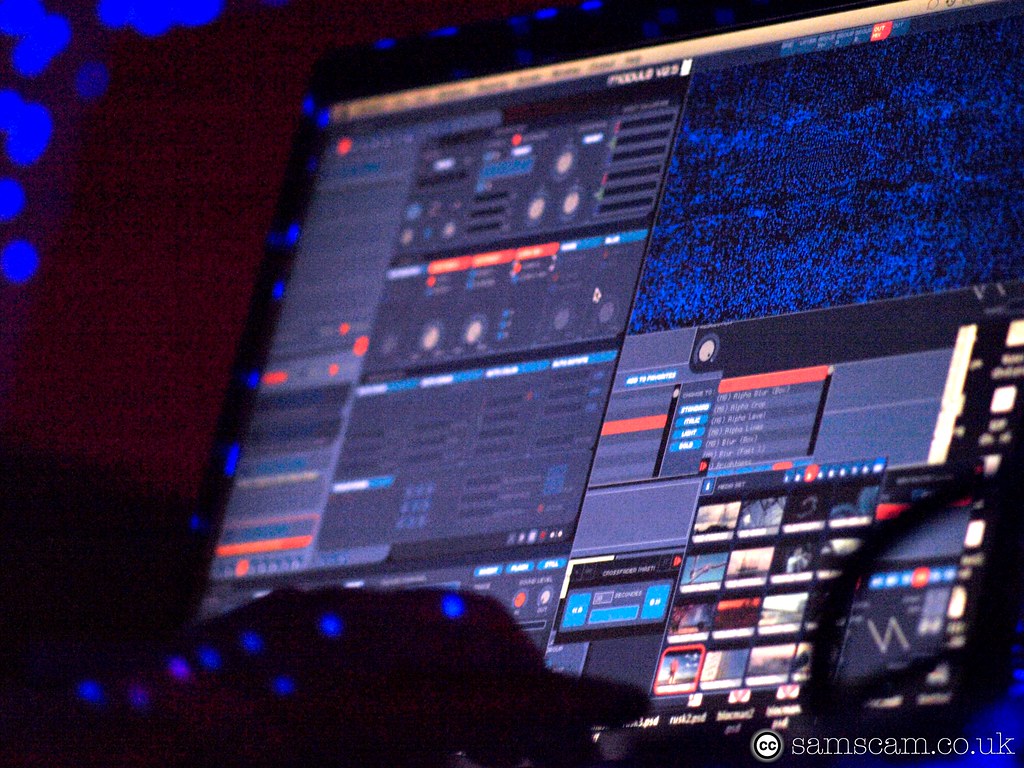
Background
A Video Jockey (VJ) is a person who hosts a television show that plays music videos, similar to a disc jockey (DJ) who plays music on the radio. VJs became popular in the 1980s with the rise of music video programming on cable TV channels like MTV, and they typically introduce and comment on music videos while also conducting interviews with musicians and other celebrities.
VJs often have a background in music or entertainment, and their role is to provide context and commentary for the videos they play. They may also interact with viewers through call-ins or other forms of audience participation. While the popularity of traditional music video programming has waned in recent years, the role of the VJ has evolved to include hosting live events, interviewing artists, and producing other types of video content.

VJ today
Today, the role of a VJ has evolved to include a wide range of activities on stage with a DJ, depending on the type of event and the specific VJ involved. In general, a VJ will work alongside a DJ to provide a visual component to the music being played, creating an immersive and dynamic experience for the audience.
Some of the things that a VJ might do on stage with a DJ include:
- Creating live visual effects and animations to accompany the music. This can involve manipulating video footage, creating custom graphics, or using specialized software to create real-time visual effects.
- Mixing and layering different visual elements to create a seamless visual experience that complements the music.
- Using lighting, lasers, and other special effects to enhance the overall performance.
- Interacting with the audience, either by responding to requests or by using social media to engage with fans in real-time.
- Collaborating with the DJ to create a cohesive performance that blends music and visuals seamlessly.
The specific role of a VJ on stage with a DJ can vary depending on the event and the preferences of the performers involved. Some VJs may have a more prominent role, while others may work behind the scenes to create and manage the visual elements of the performance.
VJ equipment
The equipment that a Video Jockey (VJ) typically needs can vary depending on the type of event and the specific requirements of the performance. However, here are some examples of the equipment that a VJ might use:
- A computer: Most VJs use a laptop or desktop computer to create and manage the visual content for their performances. The computer will typically be equipped with specialized software that allows the VJ to manipulate video footage, create custom graphics, and add effects in real-time.
- Video mixer: A video mixer, also known as a vision mixer, is a hardware device that allows the VJ to switch between multiple video sources and create live video effects. This is typically used to create transitions between different video clips, and to layer different visual elements on top of each other.
- Video cameras: In some cases, a VJ may use one or more video cameras to capture live footage that can be incorporated into the performance. This might include footage of the audience, shots of the DJ, or other live elements that can be mixed with pre-recorded content.
- Projectors and screens: To display the visual content to the audience, the VJ will typically use one or more projectors and screens. These can be set up in different configurations depending on the size and layout of the performance space.
- Lighting and special effects: In addition to video equipment, a VJ may also use lighting and special effects equipment to create a more immersive performance. This might include lasers, smoke machines, and other effects that can be synchronized with the music and video content.
The specific equipment that a VJ needs will depend on the type of event and the specific requirements of the performance. Some VJs may use additional equipment, such as MIDI controllers, to manipulate the visual content in real-time.










































































































